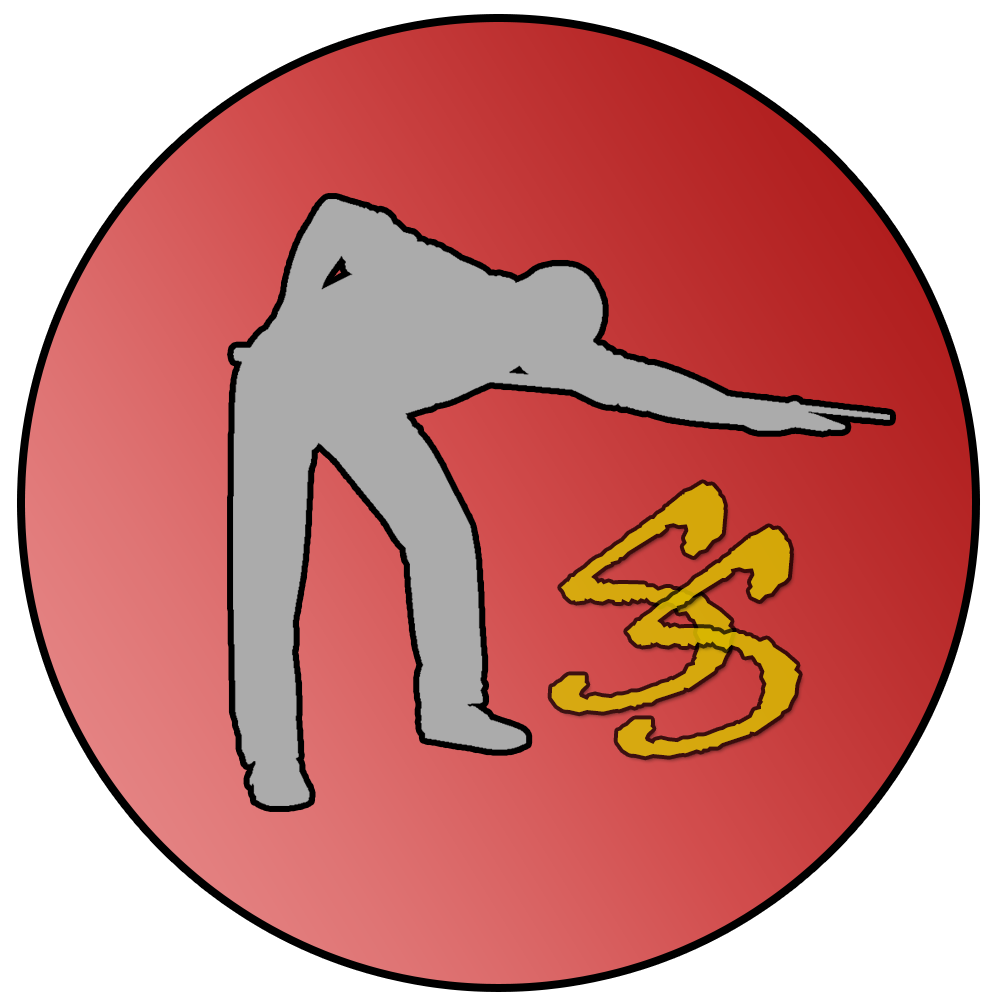It’s quite the accomplishment whenever a player is able to win a ranking event, especially nowadays when competition is higher than ever before. Which makes it more impressive when players are successful in capturing multiple ranking titles within a season. However, there are a handful of elite individuals that prospered in their respective seasons to break barriers and secure (at least) five ranking titles in a single season. And we’re going to Throwback to one of them.
These individuals include: Stephen Hendry in 1990/91; Mark Selby in 2016/17; Ronnie O’Sullivan in 2017/18; and most recently, Judd Trump in 2019/20. On this occasion, we’re going to look at the second person to achieve this feat back in the 2013/14 season – Enter the Dragon, Ding Junhui.
Prior to this season, Ding had a rocky couple of years but he wasn’t in a complete drought. Despite winning the Welsh Open in 2012, most of Ding’s performances during the rest of that season resulted in early exits. Things got slightly better in the 2012/13 season as he won the PTC and reached a couple more quarters and semi-finals. But we were all still wondering when Ding would really hit his stride.
There had only been two ranking events of the 2013/14 season as we reached September for the Shanghai Masters. Ding had confident victories over his opponents, which included Murphy, Robertson and Hawkins as he cruised to his first of many ranking titles that season with final victory over wildcard, Xiao Guodong. This would be the first of Ding’s three consecutive ranking final appearances – and I’m guessing you know what the results end up being.
Approximately three weeks later, we were introduced to the first Indian Open. Even though the final was contested over a best-of-9 format, Ding still had reasonable competition in the forms of Joyce, Higgins and Robertson. His 5-0 victory over home favourite, Aditya Mehta meant that Ding was the first person since O’Sullivan in 2003 to win back-to-back ranking events in a single season.
Just over one week following the Indian Open, Ding ran a close contest against Marco Fu as he defeated his fellow finalist 10-9 to win his third ranking event of the season (consecutively, might I add). Something that hadn’t been done since the days of Hendry. This final saw Ding make five centuries, which would be added to his already impressive tally that season. Side note: Ding made the most centuries of his career this season with 62. The former century/season record was held by Trump with 61 in the previous season. If Robertson didn’t perform the way he did in 2013/14 (click here to read that Instant Classic), then Ding would have been the record holder for at least a little while.
Unfortunately, Ding wasn’t able to keep the streak going as he exited the UK Championship at the fourth round. If he didn’t win anything for the rest of the season, you could still comfortably say that Ding had a terrific campaign. However, he did win a further two ranking events: the German Masters in February and the China Open in April, with victories over Trump and Robertson, respectively.
Obviously many can say what they want regarding the number of events that modern players have to deal with, but the fact is Ding achieved something that hadn’t been done since Hendry in the early 1990s. In fact, he was at a chance of even overtaking this record by reaching the final of the Welsh Open that season as well, but his opponent was O’Sullivan, and I’m sure many know of O’Sullivan’s form in the 2014 Welsh Open.
With this season’s performance, Ding propelled his ranking tally into the double digits, from 6 to 11, overtaking the likes of John Parrott, Peter Ebdon and Jimmy White. Not only that, but also Robertson, Trump and Selby that year where only the Class of ’92 as well as Hendry and Davis stood ahead of him. Ding also saw his ranking improve from 10th to 2nd with his stellar performance, only held off by dominant Selby in the middle of his 7 year run at the top of the rankings.
Given Ding’s consistency in the years that followed, there’s nothing that can be taken away from this monumental achievement. Yes, a few others have reached this mountain since however, Ding did this when only one other person had before him, which was over twenty years beforehand. Not to mention, this was achieved during a time where the Class of ’92 flourished, along with the rising stars mentioned above.
Like this Short? Click here to read: Why Ronnie O'Sullivan's 2013 World Championship Win Was So Impressive - Throwback
Have an idea for a Short post? Feel free to get in touch using the social media links below! Thanks for reading!








